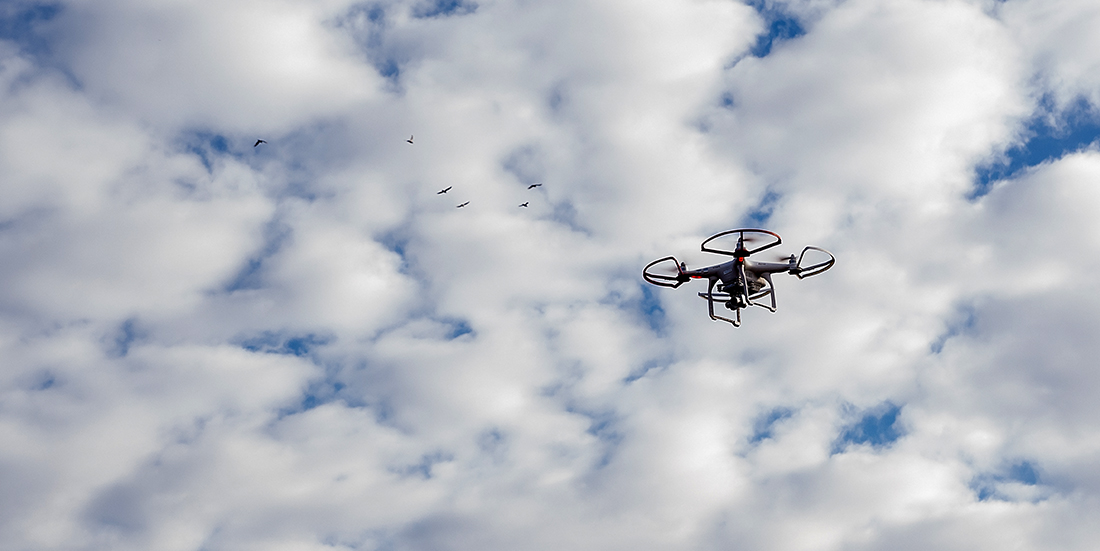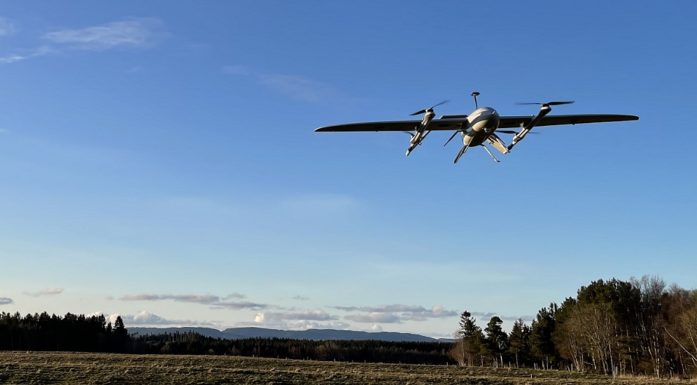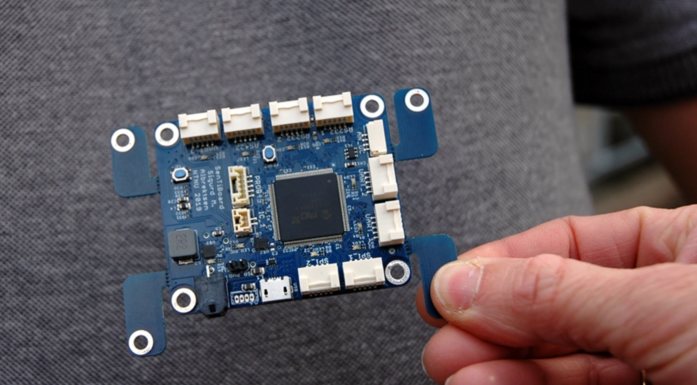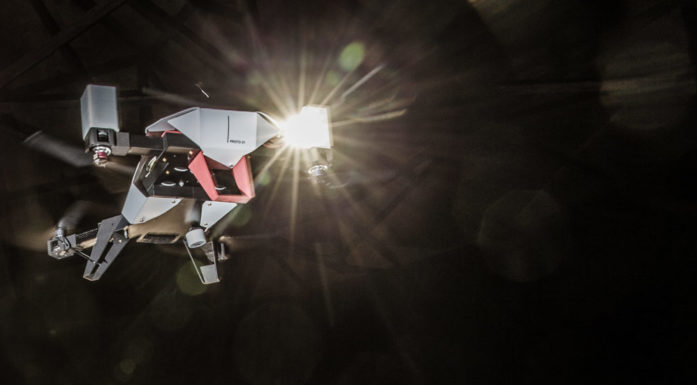Ambulance drones on the horizon
Would you hop into a driverless drone and let it fly off with you? In a few years you may have the chance to do just that.
Autonomous drones with room for passengers could become a reality within five years. They have many potential uses. Taxi drones are now being tested in Dubai. In Norway, researchers are working on developing ambulance drones.
“Drones will be able to quickly arrive on a scene and transport patients,” says Professor Mohammad Derawi. He is heading a project at NTNU in Gjøvik to develop a Norwegian ambulance drone with room for two passengers.
In addition to carrying equipment and medicines to the scene of injury, the drone will be able to bring a doctor and transport both the doctor and a patient to a hospital. Everything is carried out remotely.
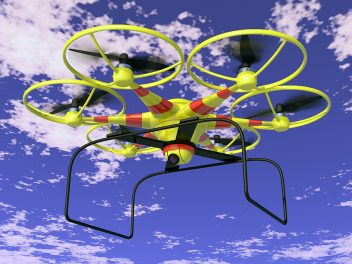
NTNU in Gjøvik is forging ahead with developing a Norwegian ambulance drone with room for two passengers. Illustration photo: Colourbox
Drones have several advantages over helicopters. They can get around easily and can land in hard-to-reach places. They’re battery powered and autonomous, i.e. they can be sent off without a driver – and they navigate by GPS. These features allow them to be more flexible and better able to provide a quick emergency response than a helicopter can. Drones also require fewer resources than today’s ambulance helicopters. Ambulance drones can complement the use of helicopters.
- You might also like: Solving equations to steer drones
Dream project
“The technology already exists, and small drones have already become commonplace. Now we want to expand the perspective and develop bigger drones. We see the need, we have the technology, everything is right. This is a dream project,” says Derawi. “We can use the technology we already have, in a way that can benefit a lot of people.”
The pilot project he is running will map needs and build a network of collaborators from both academia and industry. The project is interdisciplinary and involves researchers from all the relevant disciplines at NTNU.
Article continues below the video.
“We’re looking to raise funding and find angel investors to build a prototype. I would estimate that with NOK 20 to 30 million we could be the first in the world to develop a prototype like this. This amount would include the research, development and testing of the drone,” says Derawi, who is based at NTNU’s Department of Electronic Systems.
- You might also like: Drones help find lost sheep
Will people be sceptical?
But will people trust the technology enough to board a driverless vehicle and fly off?
“This how we envision our future. The drones can talk to each other on a network to avoid collisions. The technology needs to be fast, safe and secure. Doctors and other professionals will be on board with the patient, so I think people will quickly come to embrace it,” said Derawi.
